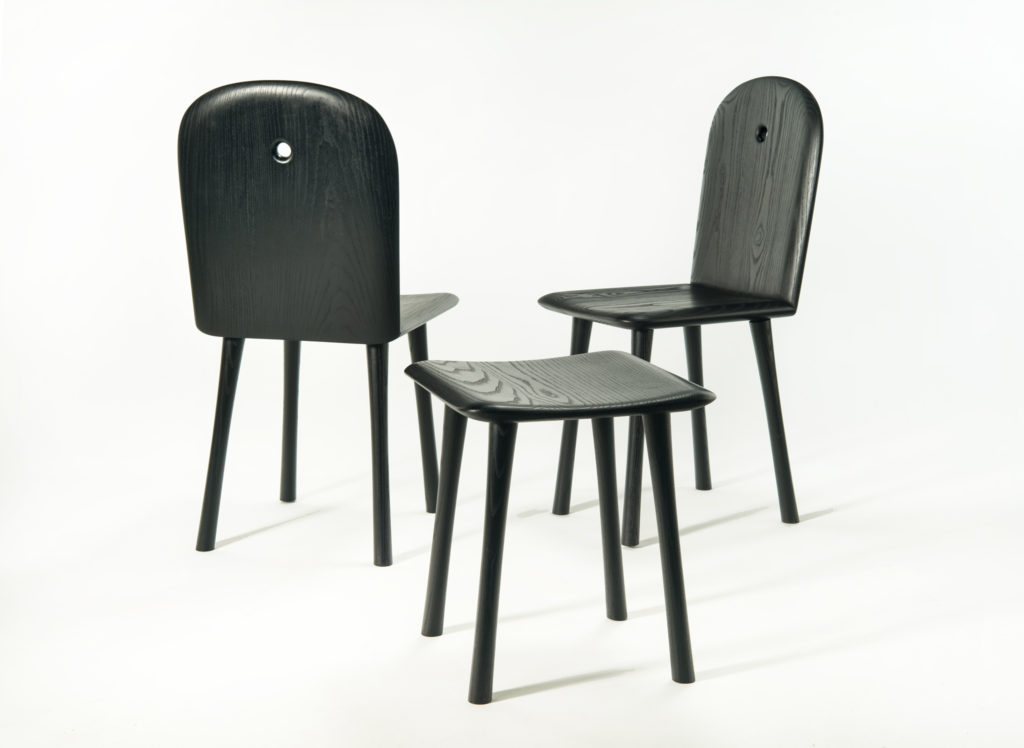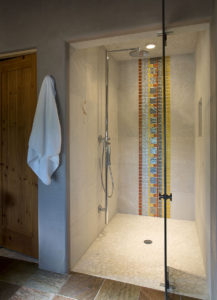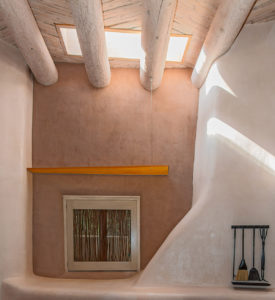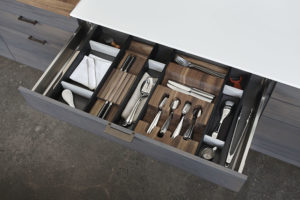Origin
Post Subtitle

At a recent design summit with attendees representing all corners of the furnishing and fashion industries, presentations were given by Patagonia and Mohawk Flooring to smaller boutique groups such as Ace & Jig and hemp weavers. One of the main themes brought to light by each one of the speakers was their goal of creating authenticity for each of their individual brands. The question was asked how does one infuse soul into an inanimate object? Ultimately, the answers revolve around knowing the story behind the object and showing transparency of an object’s origination and exactly how and with what it was fabricated. It is heartening to know that the industry has confirmed we are on track with this column.
While it is very satisfying to watch the miracle of an overnight interior makeover on television, it is not truthful nor does it show an interior built to last. An interior is literally built layer by layer through design, craftsmanship and expertise. There is beauty to be found in this organic building process, but there almost never is an interior remodel or even furnishings project as clean-cut as what is portrayed in reality television. Truthfully, many answers can be determined in the beginning of a project, while others cannot be made until unforeseen situations or variables present themselves. These can often be turned into design blessings with the right approach. The process can truly test the patience of some, while others who gravitate to organized chaos can achieve flow. For an interior to be authentic and endure, it needs to honestly reflect the people and variables involved in the process.
With furnishings, we can also strive toward more authenticity. Knowing a piece of furniture was made by an artisan or factory within the United States rather than a factory in China gives us an immediate connection to this inanimate object. The story is even richer if the artisan is regional and has imbued their own personal story of why and how they do what they do into the product. This information sounds trivial, but is what makes an item meaningful and can even bring us joy on a daily basis. When we consider what is most near and dear to us within our interiors, it is not typically the inexpensive piece from a big box retailer, but rather something that was given to us, is handmade or of significant quality. It is that which has a story behind it.
Patagonia determined, “One of the most responsible things we can do as a company is to make high-quality stuff that lasts for years and can be repaired, so you don’t have to buy more of it.” Similarly, we can create interiors that are timeless in style and do not necessitate being redone with changing styles, while also being designed to last and hold up to use and abuse. Purchases of higher quality furnishings are often taken from home to home and even passed down to children.
Things that we tend to love carry an authenticity that touches our soul, and are kept until they cannot be kept any longer.


